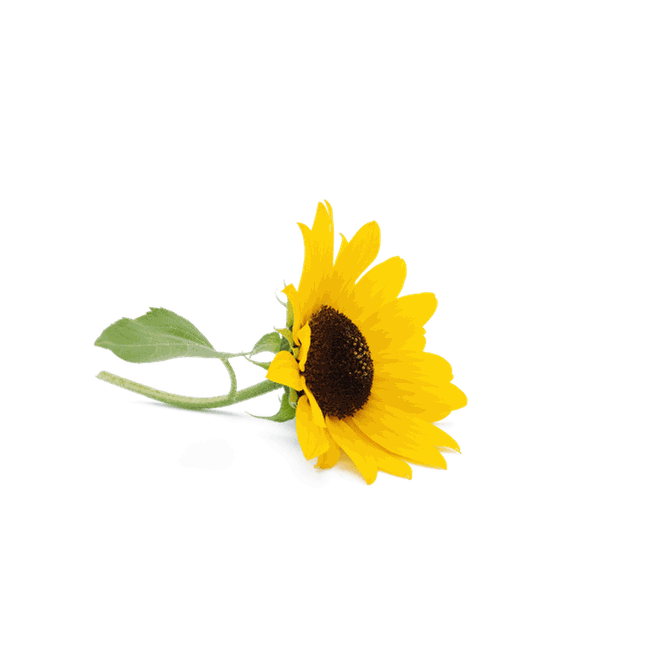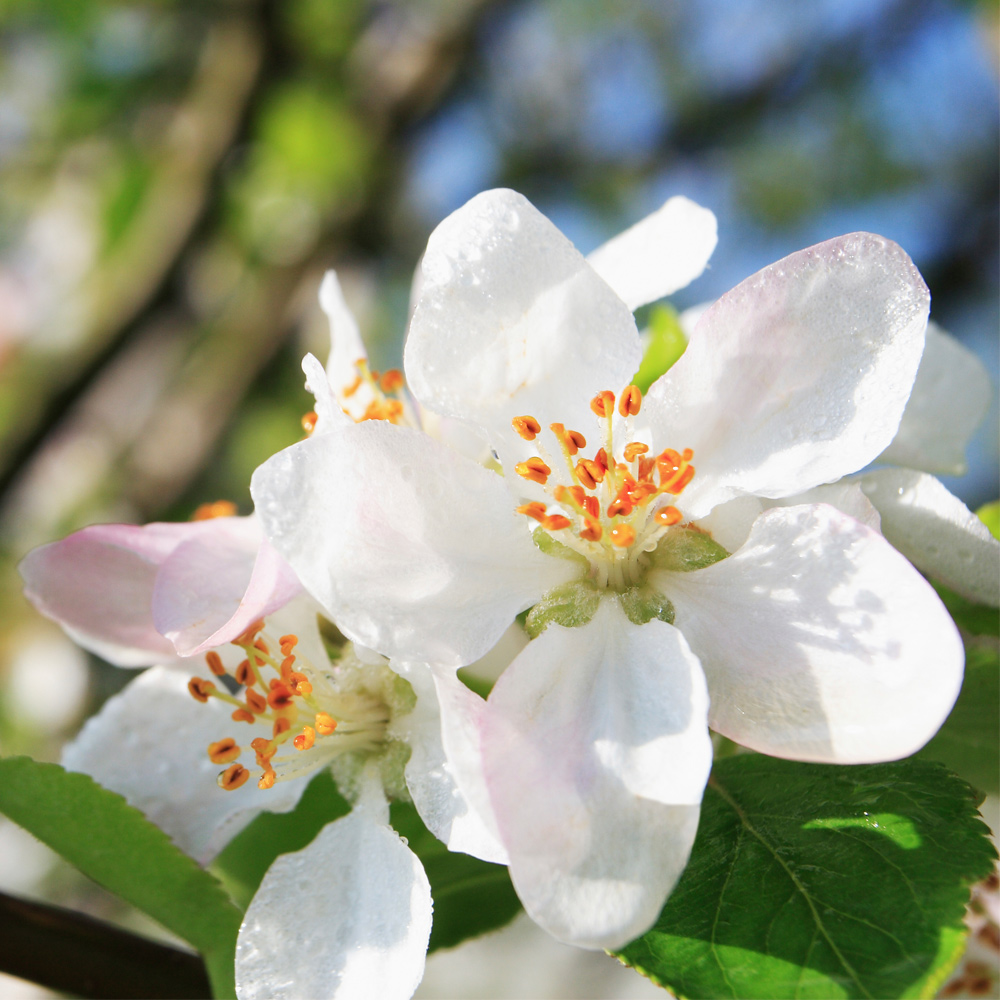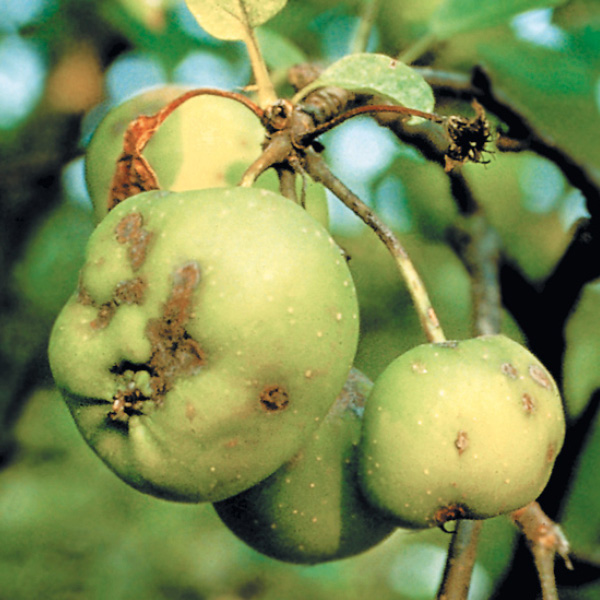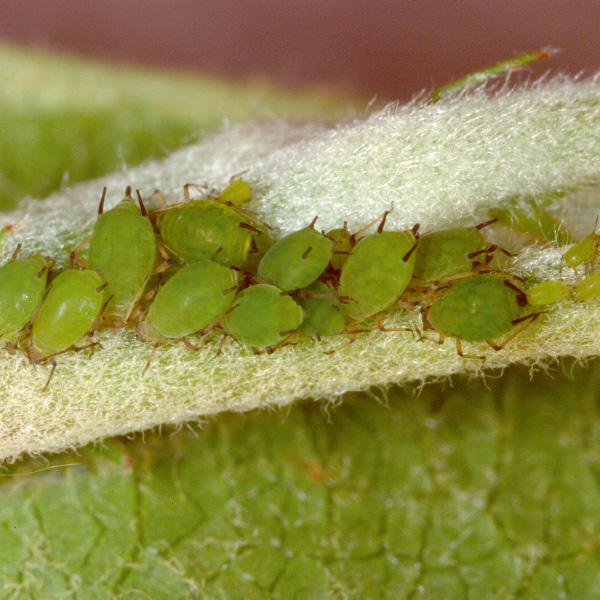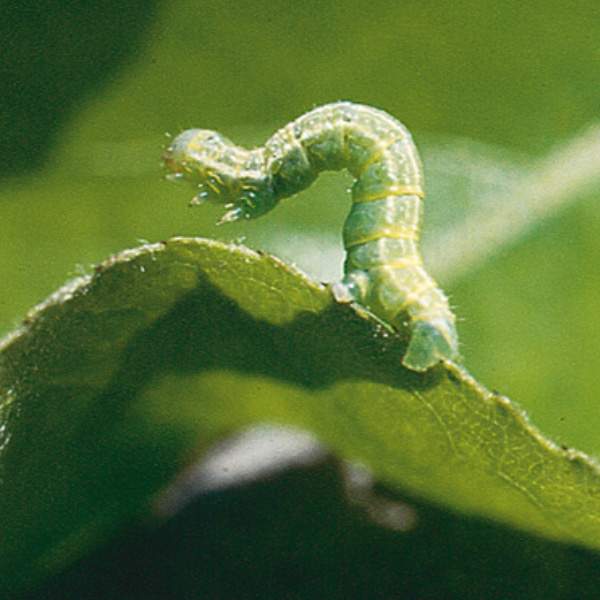Balcony & Patio
If the balcony is large enough, you can have apple trees that give a great show of flowers in the spring and promise a delicious harvest in the autumn. With the right varieties, (see below) you can be sure that the trees won’t outgrow the space over the years.
Slender growing apple trees are suitable for the balcony, so-called ballerina or columnar trees. They grow up to a maximum height of 2 metres and do not spread appreciably.
Buy the appropriate container at the same time as you buy the new tree. Tubs with a minimum volume of 25 litres are ideal. Make sure that terracotta pots are frost-resistant. Before planting, add a few centimetres of gravel or lightweight aggregate to the bottom of the pot for drainage. Mix a peat-free, special potting soil into the container to give the tree a good start. The best time to plant is in the spring or autumn.
Tip: Do not plant the fruit tree deeper than the pot in which you bought it. The grafting point, which can be seen by the thickening in the trunk section, must be above the soil.
In addition to a large pot with sufficient space for the roots, a compatible pollinator is important. Plan to have at least two trees or choose a self-pollinating variety. Find the right partner in our pollinating table.
Recommended varieties
Slender ballerina and columnar trees for tubs on a balcony or terrace. Varieties such as Arbat, Campanilo Quattro, Campanilo Primo, Red River, Rhapsodie, Rondo and Sonate have weak, compact growth yet deliver delicious fruit. The same applies to the more frequently found varieties Bolero, Flamenco, Holtsteiner Cox, Garden Fountain, Golden Gate, Greencats, Indian Summer, Maypole, Polka, Pompink (= Ginover) and Pomforyou (= Lancelot), Starcats, Suncats, Redcats and Waltz.
In addition to the columnar trees, there are also the small-growing, broader-spreading dwarf trees specifically for pots. Tried and tested varieties are, for example, Cactus, Karneval, Merkur, MiniCox, Sirius, Spurkoop, Supercompact, Rheinischer Bohnapfel and Rote Sternrenette.
Location & Care
Fruit trees love sunny to semi-shady sites. They have normal water requirements so avoid waterlogging. Don’t forget to water on frost-free days in winter. Fertilise once in the spring with Organic Multipurpose Plant Food, in autumn with a potassium-based fertiliser, in order to improve hardiness.
Be careful when pruning small fruit trees. Pruning is best done just before it starts to bud in February/March or in August. The central axis is not pruned in the first six to eight years. Prune downward-growing side shoots back to three “buds”, i.e. three buds remain. Columnar trees in tubs need a stake for support. Depending on the variety, you can harvest delicious apples as early as July.


